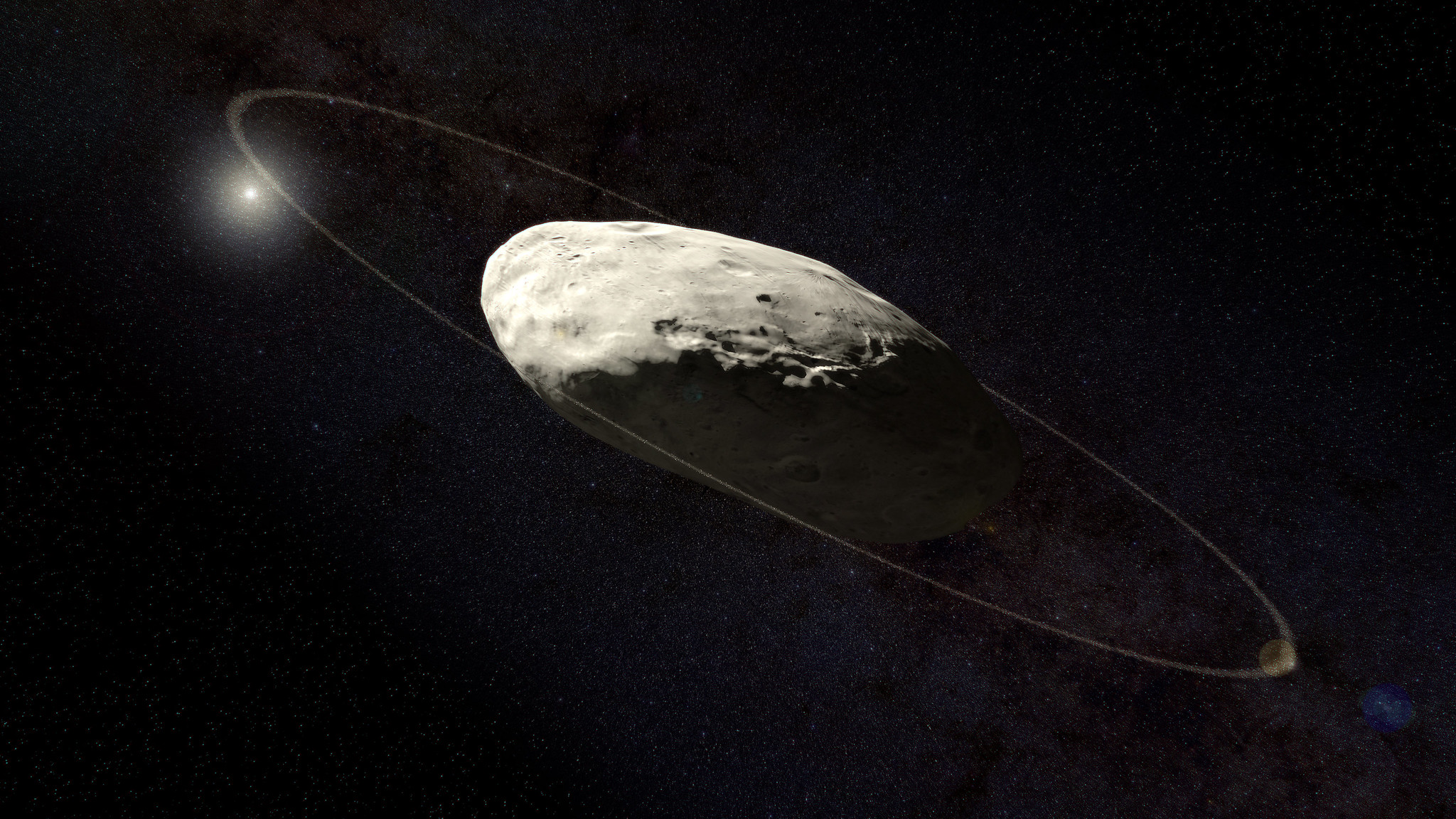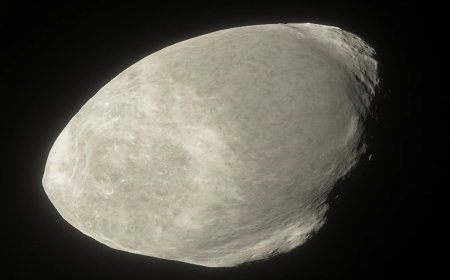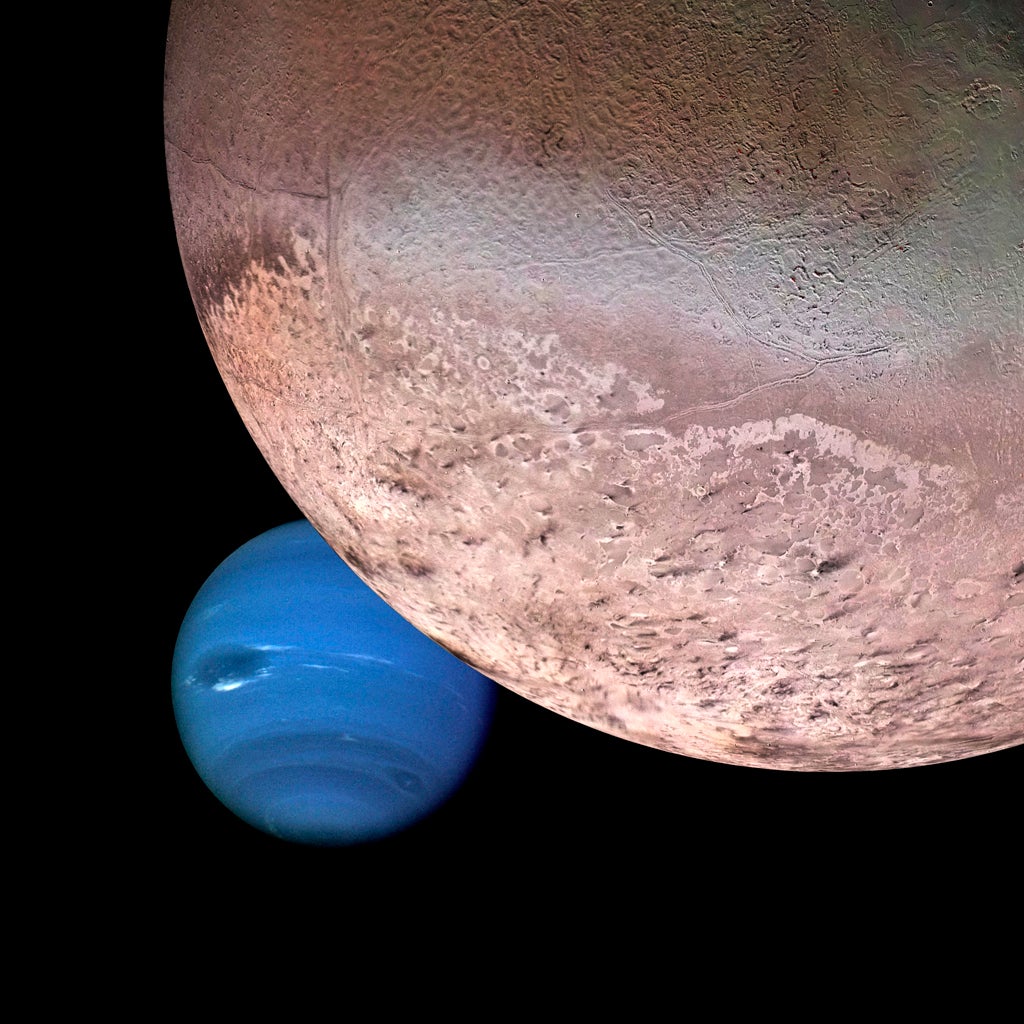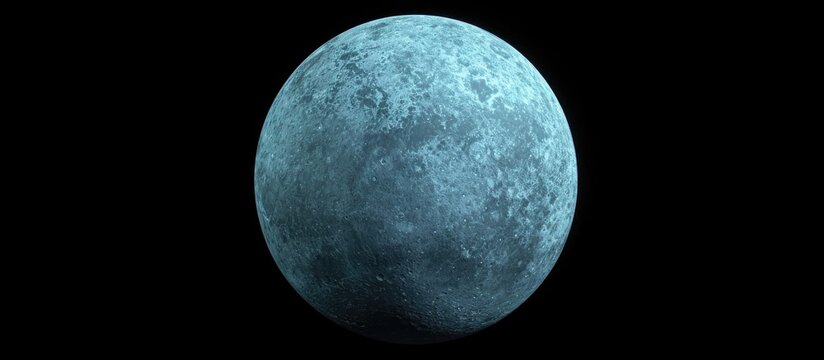Makemake: A Forgotten World Waiting to be Discovered
Explore Makemake pronounced as "/ˈmɑ.keˈmɑke/", the distant dwarf planet cloaked in mystery. Discover its icy surface, lack of atmosphere, and its role in unlocking the secrets of the outer solar system.
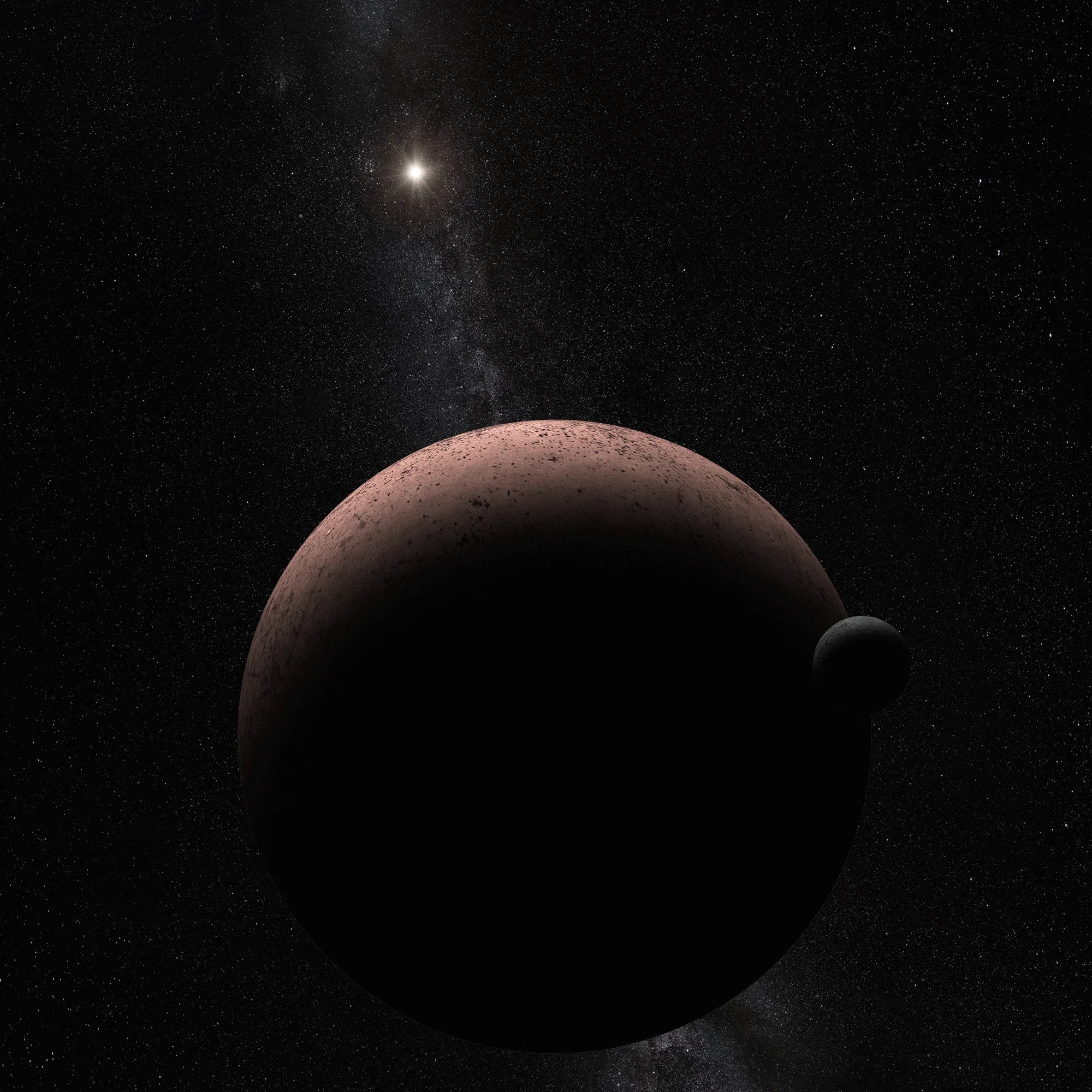
A Distant World Wrapped in Mystery
Hidden in the vast, icy reaches of our solar system, Makemake is one of the most intriguing and least understood dwarf planets. As a resident of the Kuiper Belt, this distant celestial body orbits the Sun at an incredible distance, far beyond Neptune. Unlike Pluto, which has been extensively studied, Makemake remains a shadowy enigma, with much of its surface and atmosphere shrouded in mystery. Scientists continue to uncover its secrets, but many of its features remain unknown, making it a fascinating object of study.
A Frozen, Reddish World with a Rocky Heart
Makemake’s surface is coated in frozen methane and ethane, giving it a reddish hue. This icy layer reflects a significant amount of sunlight, making the dwarf planet one of the brightest objects in the Kuiper Belt. Beneath its frozen exterior lies a rocky core, similar to Pluto’s composition. Its unique coloration and reflectivity suggest complex chemical processes occurring over millions of years, sculpting its alien landscape into a frozen world of mystery.
No Atmosphere, No Shield—A Harsh and Barren Landscape
Unlike Pluto, which has a thin but active atmosphere, Makemake lacks a substantial gaseous envelope. Scientists once speculated that it might have a temporary atmosphere when it moves closer to the Sun, but observations suggest otherwise. The absence of an atmosphere means Makemake has no protection from space radiation and meteorite impacts, creating a stark, lifeless landscape battered by cosmic forces. Any surface features, such as craters or ridges, remain preserved for eons, untouched by erosion or weathering.
An Oddly Shaped Orb on an Elongated Path
Makemake is not a perfect sphere like larger planets. Instead, its slightly oblong shape suggests that it spins rapidly or experiences internal pressure variations. Its orbit around the Sun is also highly elliptical, taking it on a long, slow journey through the Kuiper Belt. A single year on Makemake lasts about 305 Earth years, meaning the last time it was in the same position it is today, the world was in the early 1700s.
The Moon That Almost Went Unnoticed
For years, astronomers believed Makemake was a lonely wanderer. However, in 2016, a small moon was discovered orbiting the dwarf planet. This tiny satellite, informally named MK2, is exceptionally dark, making it difficult to detect against the distant stars. Its presence offers valuable insights into Makemake’s mass and gravitational influence. Understanding MK2’s movement helps scientists refine their knowledge of the dwarf planet’s characteristics, including its density and internal structure.
Makemake’s Mysterious Origins and Distant Family
Makemake is part of a select group of icy worlds known as “plutoids,” which includes Pluto, Eris, and Haumea. These dwarf planets share similar traits but have unique compositions and histories. Scientists believe that Makemake, like its counterparts, formed from leftover debris during the early solar system’s chaotic birth. Its existence provides clues about how planets and moons formed in the distant past, helping astronomers piece together the grand story of our cosmic origins.
A Silent Voyager at the Edge of the Solar System
Makemake’s extreme distance and faint appearance make it one of the most challenging celestial bodies to study. Even the most powerful telescopes struggle to reveal its details. Unlike Pluto, which has been visited by the New Horizons spacecraft, Makemake has never been explored up close. Future missions to the Kuiper Belt may finally unlock its secrets, offering a glimpse into a world that has remained virtually unchanged for billions of years.
Conclusion: A Cosmic Ice Jewel Awaiting Discovery
Makemake stands as a testament to the frozen wonders of the outer solar system, a world of ice, rock, and mystery. Its bright, methane-coated surface, hidden moon, and extreme distance make it one of the most fascinating yet elusive celestial objects. As technology advances, new telescopes and space probes may one day reveal its hidden landscapes and answer lingering questions about its formation and evolution. Until then, Makemake remains a frozen enigma, a celestial jewel waiting to be fully uncovered by the eyes of the universe.
What's Your Reaction?







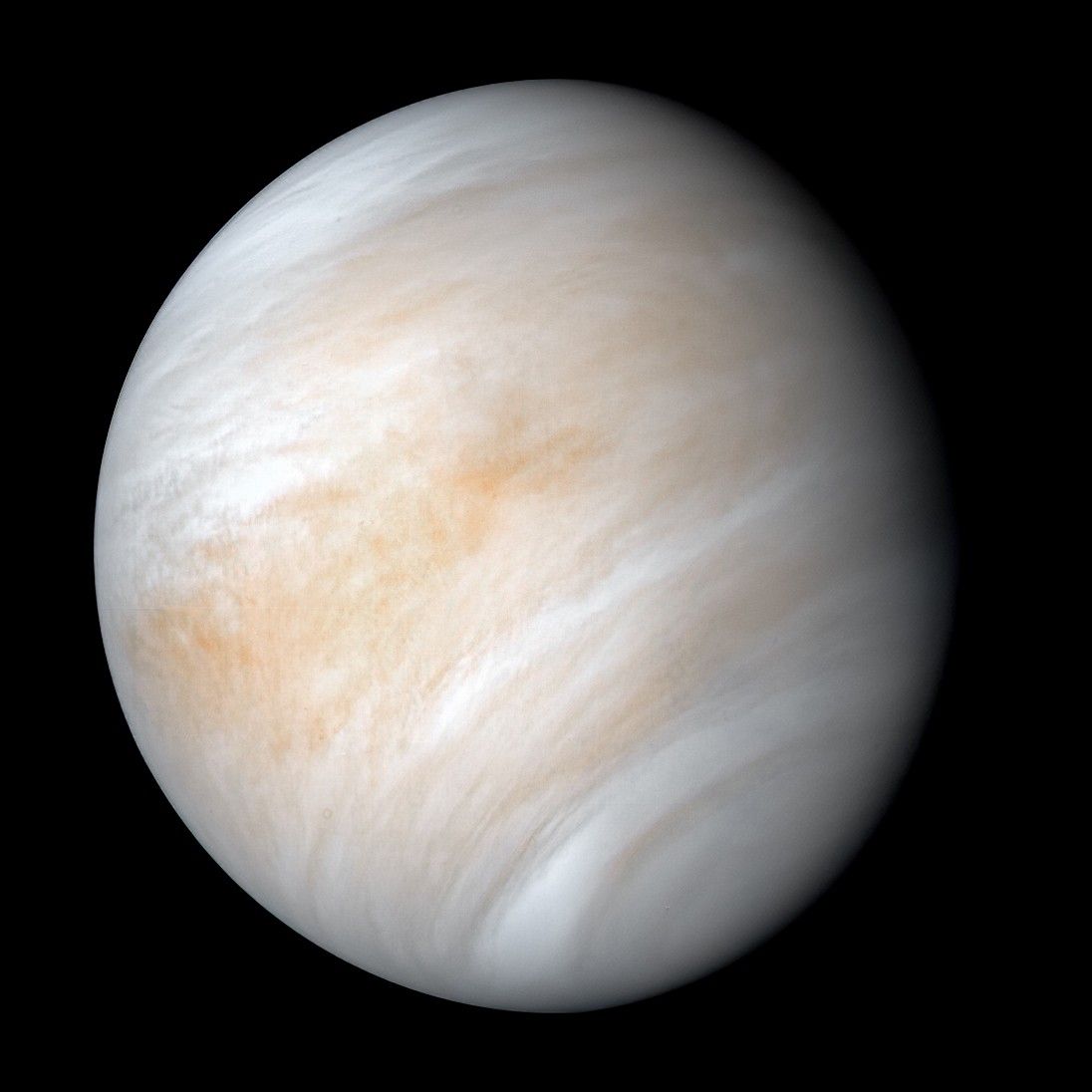

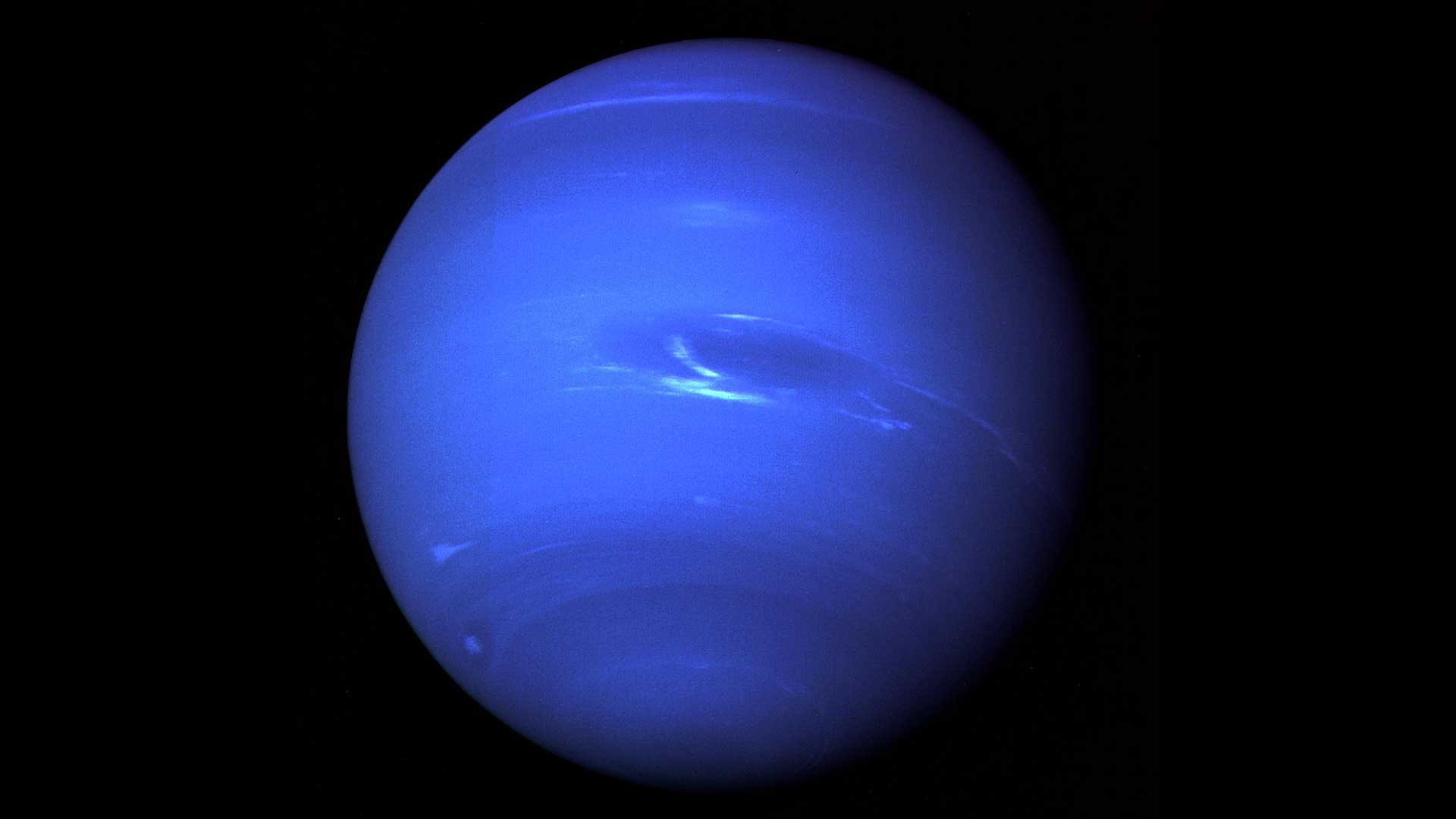


/https://tf-cmsv2-smithsonianmag-media.s3.amazonaws.com/filer_public/54/66/546650fa-26a4-40fd-8d6d-5a7a04540f81/rosetta2.png)
:max_bytes(150000):strip_icc():focal(999x0:1001x2)/robert-prevost-050825-1-39395418ab494da5a3a700c9478e66c8.jpg)


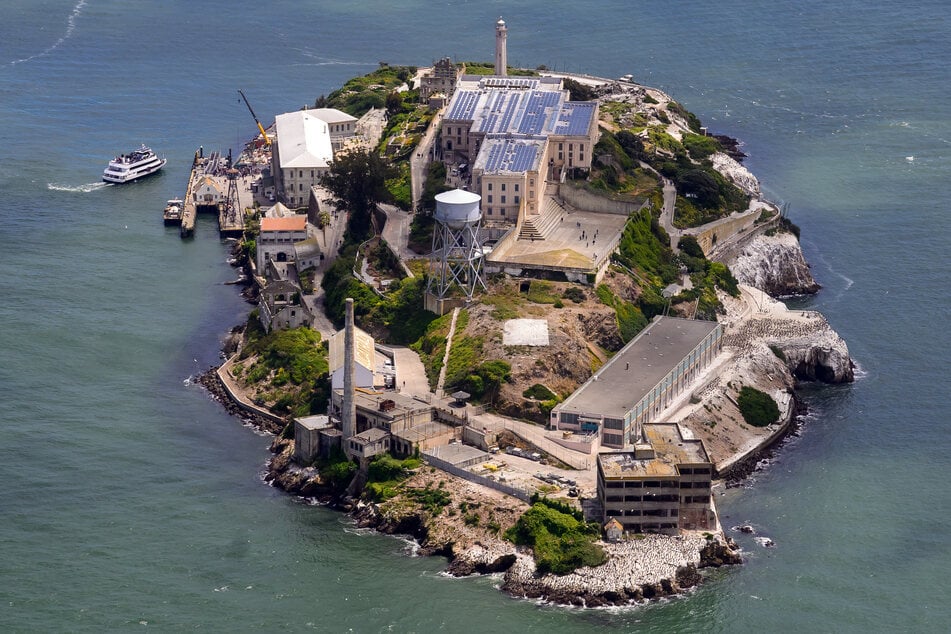












































format(webp))
format(webp))
















